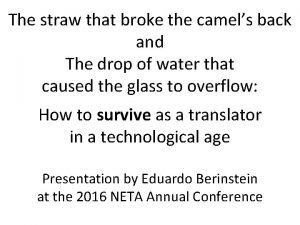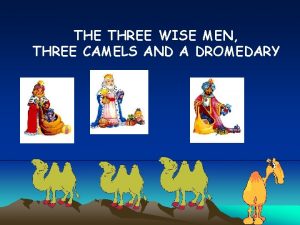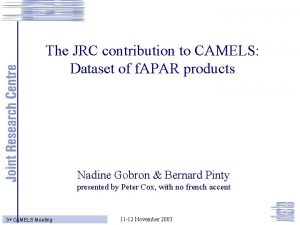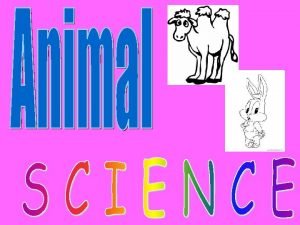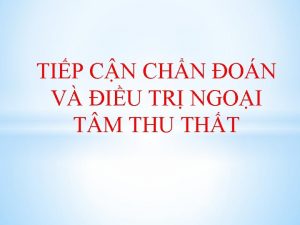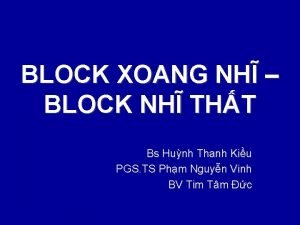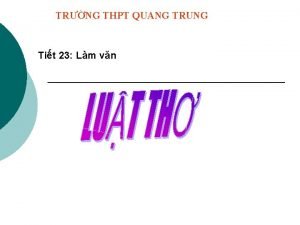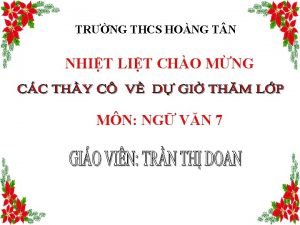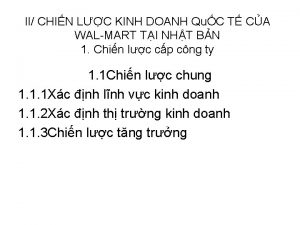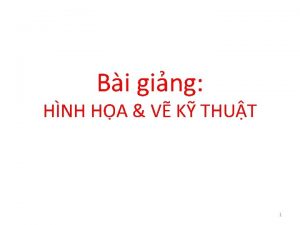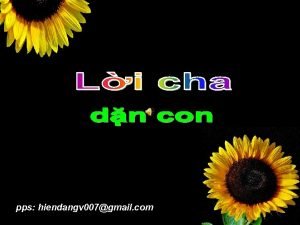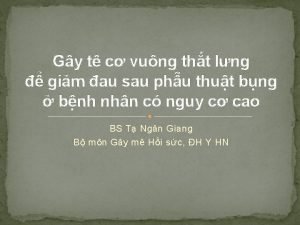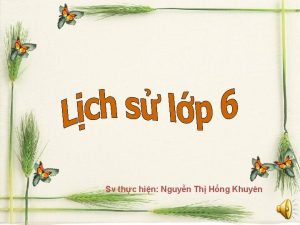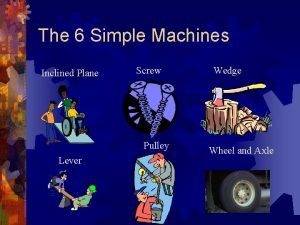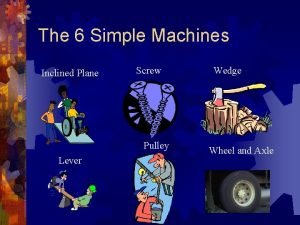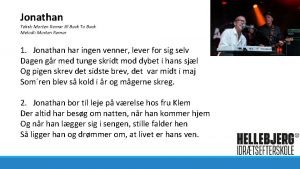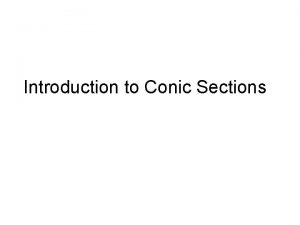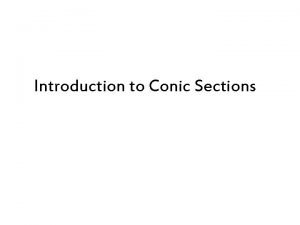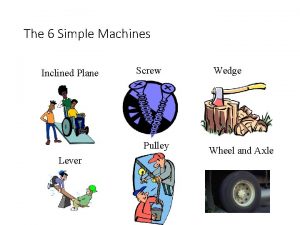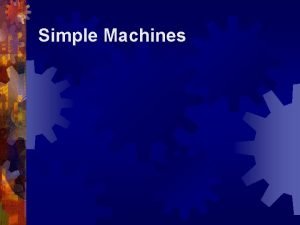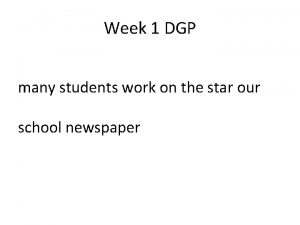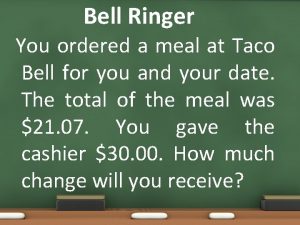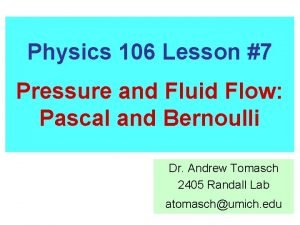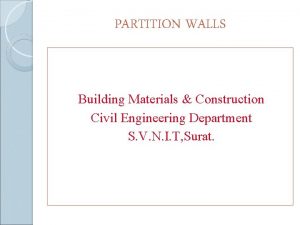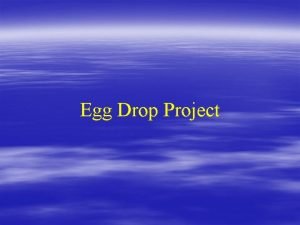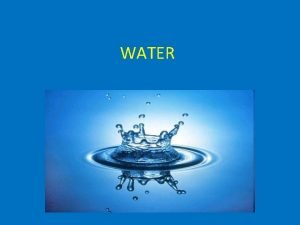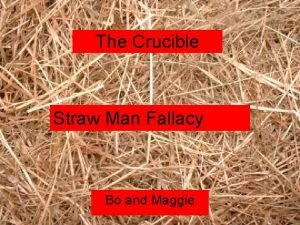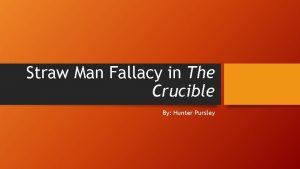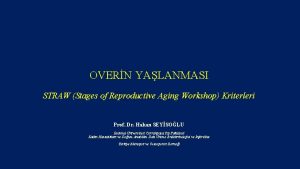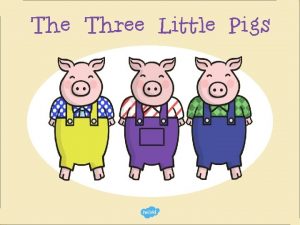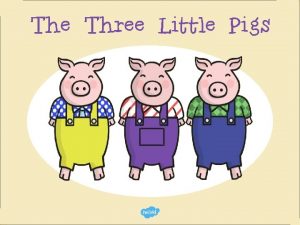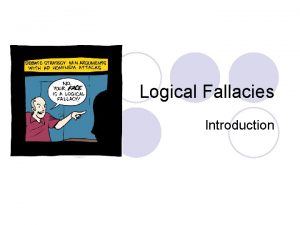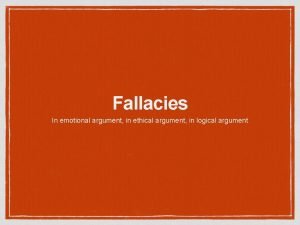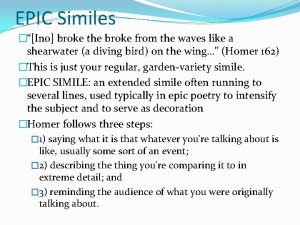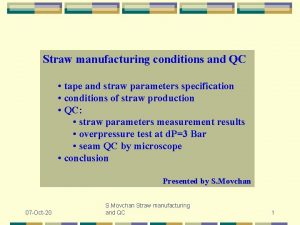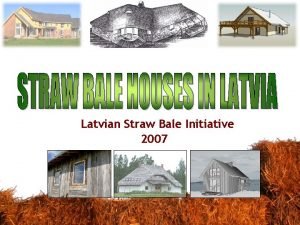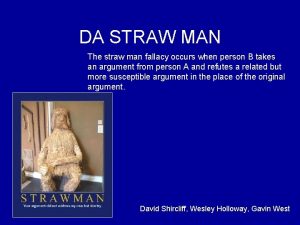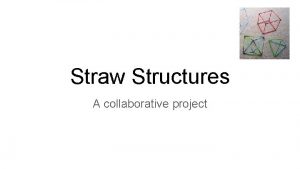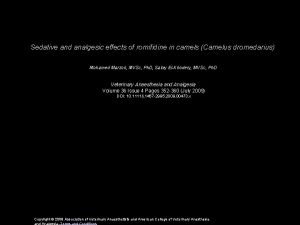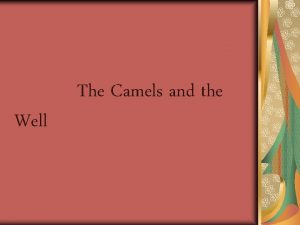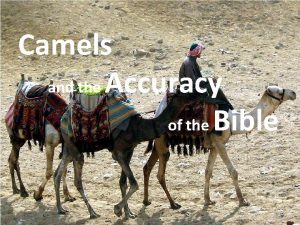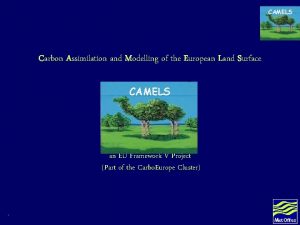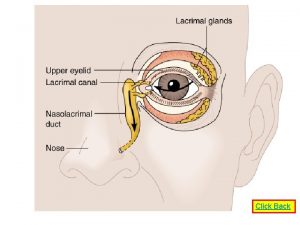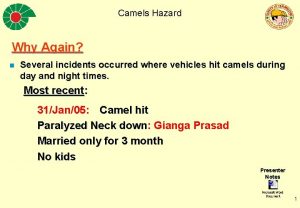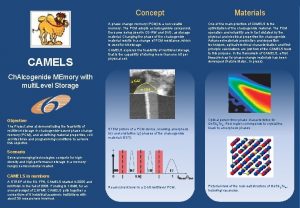The straw that broke the camels back and

The straw that broke the camel’s back and The drop of water that caused the glass to overflow: How to survive as a translator in a technological age Presentation by Eduardo Berinstein at the 2016 NETA Annual Conference

In this new era of technical gadgets and artificial intelligence, where robots threaten to take away our jobs, what can humans still do better than machines, and how can translation theory come to our rescue?

Technology: good or bad?

Translating since III B. C. Traduzco desde el año III A. C.


CAT (Computer-Assisted Translation) tools Translation memory Terminology search (Intelli. Web. Search) Terminology management Machine translation (rules-based and statistical) FAUT (Fully Automated Useful Translation) FAHQT (Fully Automated High Quality Translation) Voice to text for entering text Text-to-voice for listening to text (for proofreading)

Old metrics: Translator: 2000 words per day Proofreader: 6000 to 8000 words per day New metrics possible: Translator post MT editor: 4000 -6000 words per day Proofreader: 6000 to 8000 words per day

Kurzweil prediction: 2029 year of “singularity” 2029: How old will you be?

Is there hope? Should we all start looking for another job? Big question becomes: What can humans still do better than machines?

What is thing called love? This funny thing called love? Just who can solve its mystery why should it make a fool of me? (Cole Porter)

What is thing called translation? This funny thing called translation? Just who can solve its mystery why should it make a fool of me?

For a quick answer, Daniel Gile says that Translation (with a capital T) is “a professional activity or service, with a communicative function, subject to professional norms and rules of communication, performed in different settings and constrained by the setting. ” Ø Courtroom Ø Immigration court Ø Hospital, Community Health Center Ø International Conference Ø United Nations Ø Diplomatic Escort Ø Community Service Agency Ø Theater of War Ø Refugee camp (http: //aiic. net/page/3853)

But Bellos says there is a better question: What is translation? What does translation do?

The straw that broke the camel’s back and The drop of water that caused the glass to overflow aka La gota que colmó el vaso.

Sense = Σ Form = Φ Two different things!




Work Hard. Breathe Easy. Picture of man working in Workplaces in factory. Massachusetts have been smoke-free since 2004. Is yours? (Spanish) Protect your health and the health of others. Make smoking history. Call 978 -6203121


Tagline: Make smoking history

Erradiquemos el tabaquismo

Miranda rights: You have the right to remain silent.

Wiretap

But then, if a good translation is not always really a translation, And if translating is not reproducing the form What then, is translation?

Mariano Garcia Landa Wrote his thesis on DDL (Deliberate Deviations from Literality)

Mariano Garcia-Landa: Traducir es hablar… …para volver a decir lo que alguien dijo antes.

Pero entonces , ¿qué significa hablar?

So, how does language work? A look under the hood: (Steven Pinker talk) https: //www. youtube. com/watch? v=Q-B_ONJIEc. E

Language: An exchange between sound and meaning.


Sergio Viaggio: Translation is really a subtask of interlingual mediation, in a social transaction, between flesh and bone people, always in a specific situation, at a specific point in time.

Viaggio: The Poles of Intentionality: 1. Why does a speaker talk? 2. Why does a listener pay attention? 3. Why does a client hire us? What does each party wants to achieve?

Translator’s possible loyalties: • • Loyalty to the speaker/writer Loyalty to the listener/reader Loyalty to the client Loyalty to his/her pocket But, loyalty to the profession (abiding by the Code of Ethics) constrains all of the above Hans Vermeer: Translator skopos

Anthony Pym: Understanding as an illusion Translators as illusionists

Roman Jakobson 1896 – 1982, Russian–American linguist and literary theorist. Functions of language • Referential • Expressive ("emotive" or "affective") • Conative • Phatic • Poetic • Metalingual ("metalinguistic" or "reflexive") http: //en. wikipedia. org/wiki/Jakobson%27 s_functions_of_language

Types of translation Documentary Nord Instrumental Ut interpres (literal) Ut orator (like a public Cicero speaker) Foreignizing Domesticating Schleiermacher Formal Dynamic Nida Semantic Communicative Newmark Anti-illusory Illusory Levý Overt Covert House Resistant Fluent Venuti

Danica Seleskovitch Sense Language 1 Language 2

Verbal phase Incoming discourse Non-verbal phase Verbal input is transformed into ideas Verbal phase Re-production (different from reproduction) of the ideas in the target language

William Isham and Message Analysis: Words are just the tip of the iceberg. What lies beneath the surface?

Message analysis (Isham) • Message seen as a many sided crystal. • Key attributes of the message, necessary for uncovering the meaning. – – – – Context Content (made up of propositions) Denotative meaning + Connotative meaning Function Register Affect Contextual force (Relative impact) Metanotative qualities • Useful for – Critique – Identifying difficulties – Prioritizing

The End Fin Cést tout. Abbiamo finito. আমর শ ষ ¡Gracias!
- Slides: 42

